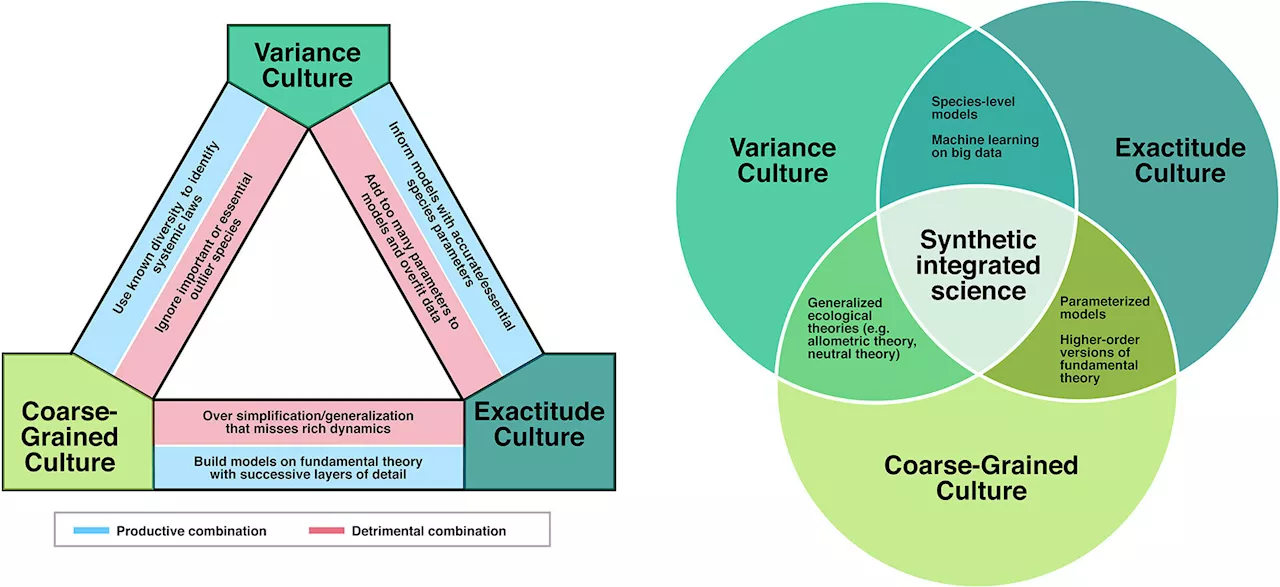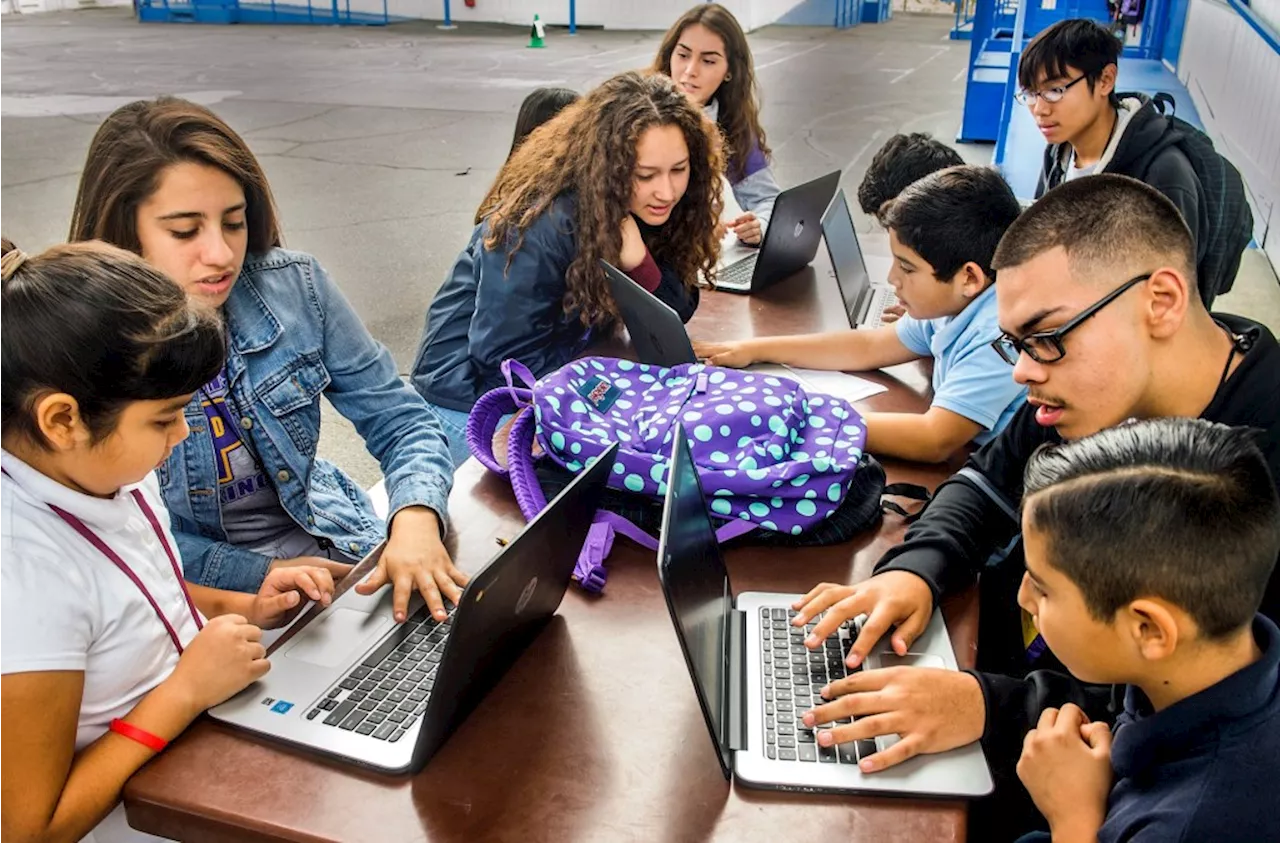In a new paper published on May 1 in the journal Science Advances, researchers at Columbia Engineering used commercially available tabletop lasers to create tiny, atomically sharp nanostructures, or nanopatterns, in samples of a layered 2D material called hexagonal boron nitride (hBN).
Researchers 'unzip' 2D materials with lasers retrieved 7 May 2024 from https://phys.org/news/2024-05-unzip-2d-materials-lasers.html
This document is subject to copyright. Apart from any fair dealing for the purpose of private study or research, no part may be reproduced without the written permission. The content is provided for information purposes only.Use this form if you have come across a typo, inaccuracy or would like to send an edit request for the content on this page. For general inquiries, please use ourThank you for taking time to provide your feedback to the editors.
Your feedback is important to us. However, we do not guarantee individual replies due to the high volume of messages.to let the recipient know who sent the email. Neither your address nor the recipient's address will be used for any other purpose. The information you enter will appear in your e-mail message and is not retained by Phys.org in any form.Get weekly and/or daily updates delivered to your inbox.
Physics News Science News Technology News Physics Materials Nanotech Technology Science
United States Latest News, United States Headlines
Similar News:You can also read news stories similar to this one that we have collected from other news sources.
 Cryptocurrencies Price Prediction: Bitcoin, Ethereum & Cryptos— American Wrap 26 AprilQuantum computing may seem like science fiction, but it may come sooner than expected.
Cryptocurrencies Price Prediction: Bitcoin, Ethereum & Cryptos— American Wrap 26 AprilQuantum computing may seem like science fiction, but it may come sooner than expected.
Read more »
 Q-day approaching: Can Ethereum survive a quantum emergency?Quantum computing may seem like science fiction, but it may come sooner than expected.
Q-day approaching: Can Ethereum survive a quantum emergency?Quantum computing may seem like science fiction, but it may come sooner than expected.
Read more »
 To accelerate biosphere science, researchers say reconnect three scientific culturesResearchers who study Earth's biosphere tend to operate from one of three scientific cultures, each with distinct ways of conducting science, and which have been operating mostly independently from one another, find the authors of a Perspective published in PNAS on April 19, 2024.
To accelerate biosphere science, researchers say reconnect three scientific culturesResearchers who study Earth's biosphere tend to operate from one of three scientific cultures, each with distinct ways of conducting science, and which have been operating mostly independently from one another, find the authors of a Perspective published in PNAS on April 19, 2024.
Read more »
 If Newsom truly follows the science, why not adopt the ‘science of reading’ in California schools?He said he wants the Legislature to “study this problem closely.”
If Newsom truly follows the science, why not adopt the ‘science of reading’ in California schools?He said he wants the Legislature to “study this problem closely.”
Read more »
 If Newsom truly follows the science, why not adopt the ‘science of reading’ in California schools?When it comes to the 'science of reading' in schools, California has continued to oppose a proven method for improving comprehension.
If Newsom truly follows the science, why not adopt the ‘science of reading’ in California schools?When it comes to the 'science of reading' in schools, California has continued to oppose a proven method for improving comprehension.
Read more »
 AI advances may frustrate U.S. climate goals as electric demand surgesGenerative AI, plus growing manufacturing and electric vehicles, is spiking U.S. power demand.
AI advances may frustrate U.S. climate goals as electric demand surgesGenerative AI, plus growing manufacturing and electric vehicles, is spiking U.S. power demand.
Read more »
